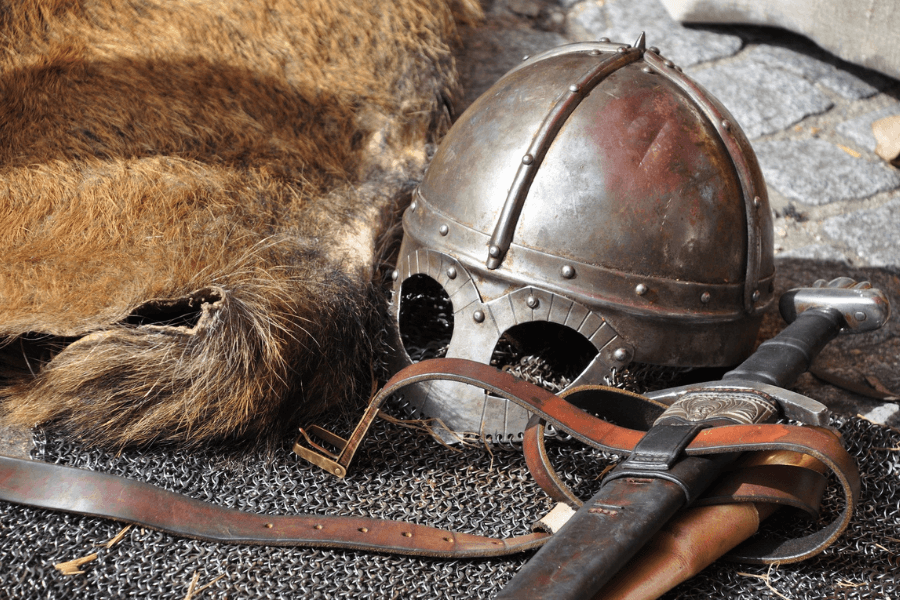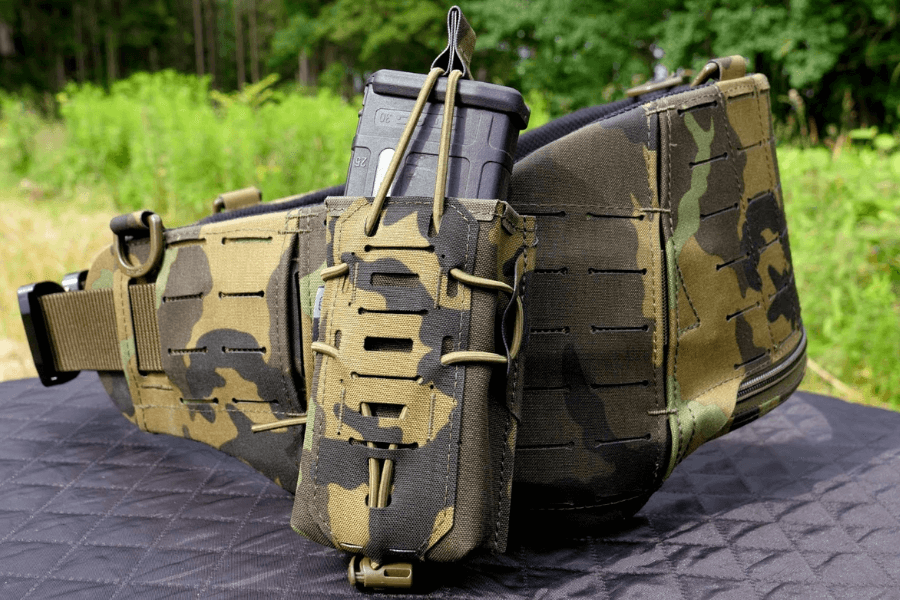History of tactical belts
Military and tactical belts are as important today as they were in the past. From old paintings and romantic films from the Middle Ages, you may remember the belts that bound the chain mail. While today's tactical belts are much more sophisticated and can be combined with various accessories and tactical gear, their purpose remains the same - to help their wearer survive challenging situations.
The first knights and the others
In the Middle Ages, soldiers and knights used the aforementioned belts on chain mail. The purpose of these belts was not only to "hold the armor together" (it was quite heavy after all), but also to carry important equipment. In addition to the kit for survival in the knapsack (we can imagine that it also contained food and drink), the wearer also had a knife and, of course, a sword.
Cold weapons gradually supplemented (and sometimes replaced) firearms. The tactical belt had the advantage that it could hold the appropriate ammunition in addition to the weapon itself (pistol). Naturally, the belt also included a knapsack in which the soldier carried his rations.

In the Middle Ages, the belt served the same purpose as today - to carry important tactical equipment (and probably provisions).
Updates in the twentieth century
In the 20th century, the development of tactical belts was accelerated by two world wars. In addition to the belt itself, tactical uniform accessories began to include shoulder straps and various associated holsters, pouches and pockets. Many of these accessories had a well-defined purpose.
Despite modernisation and several centuries of development, the essence of the tactical - or if you prefer, combat - belt remains the same. Most soldiers (or even police officers) may see it as the first "instance" they turn to in emergency situations. They still carry a short firearm with appropriate rounds on their belt, either concealed or openly, depending on the situation. Holster with a knife is also part of the equipment, which comes in handy not only in self-defense. The slogan "every man carries a knife" may sound a bit kitschy to the point of being outdated, but it is still relevant.
There is also a survival kit, which contains mainly fire starting supplies or emergency lights for signalling, but also a first aid kit or IFAK. The layout of the tactical belt and things around it is now adapted to the specific user - for example, depending on whether that user is right- or left-handed.

Nowadays everyone can arrange their tactical belt according to their own needs.
Universal ALICE system
KThe ALICE system, or All-Purpose Lightweight Individual Carrying Equipment, is an apotheosis in itself in the tactical belt segment. This modular carrying system can be tailored to your specific need, so you can carry exactly what you need for a given mission - and nothing extra.
The basis of the system is a belt (model LC-1 or LC-2), which is combined with carrying straps. The individual pieces of equipment (whether it is a field bottle, a "buttpack" or a weapon accessory pouch) are attached to the belt and carrying straps by ALICE clips with a sliding mechanism.
This system originated as a standard of the US Army in 1973. It replaced the existing individual equipment transport systems such as the M-1956 Individual Load-Carrying Equipment (ILCE) and the M-1967 Modernized Load-Carrying Equipment (MLCE). The "competing" British PLCE system is also still in use today, but it is more expensive than the ALICE system, and is almost unavailable in our country.
Further evolution
Modern combat belts can also be combined with carrying straps, but are sometimes combined with tactical vests or modular plate carriers. These can make the belt lighter for soldiers and police officers, or used for specialized equipment carrying.
However, the tried-and-tested set-up that was developed a long time ago is still being used, and basically the design is just being changed. This kit is based on a tactical belt (sometimes with a Cobra safety buckle), which is complemented by a survival kit, a short gun with a pouch for compatible ammo, an IFAK or first aid kit, and a knife holster. It looks like there will be no need to change anything about this kit, at least for the foreseeable future.
Readers are further interested

























































































































